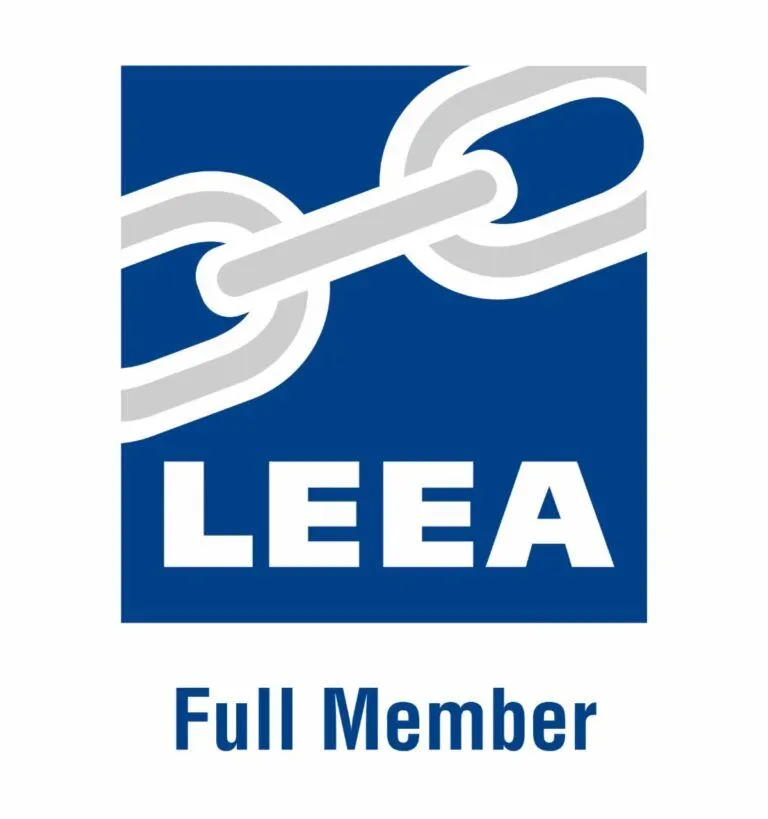A Good Rigging Inspection Versus a Bad One
A Good Rigging Inspection Versus a Bad One
In industrial settings where heavy machinery and equipment are used, rigging inspections play a crucial role in ensuring safety and operational efficiency. A rigging inspection involves evaluating the condition and performance of various rigging components, such as ropes, slings, hooks, and chains. However, not all inspections are created equal. This blog will explore the differences between a good rigging inspection and a bad one, highlighting the importance of thoroughness, expertise, and attention to detail in maintaining a safe working environment.

I. The Importance of Rigging Inspections
Rigging inspections are integral to workplace safety for several reasons. First and foremost, they help identify potential hazards and prevent accidents that could result in injuries, property damage, or even loss of life. Regular inspections also contribute to increased operational efficiency by ensuring that equipment is in optimal condition, minimizing downtime due to breakdowns or failures.
------------------------------------------------------------------------------------------------------------------------------
II. Characteristics of a Good Rigging Inspection
- Thoroughness: A good rigging inspection is comprehensive, leaving no stone unturned. It involves examining all rigging components, including hooks, slings, shackles, and connections, to assess their condition, integrity, and load capacity. Inspectors should follow established guidelines and standards, such as those provided by organizations like OSHA (Occupational Safety and Health Administration) or ASME (American Society of Mechanical Engineers), to ensure thoroughness.
- Qualified Inspectors: A good rigging inspection is performed by qualified professionals who possess the necessary knowledge, experience, and training in rigging safety. These inspectors understand the intricacies of different rigging components, including their limitations and failure modes. They can identify signs of wear and tear, fatigue, corrosion, or other issues that may compromise the integrity of the rigging system.
- Documentation: A good rigging inspection involves meticulous documentation of the inspection process and its findings. This includes recording inspection dates, results, any identified deficiencies, and recommended corrective actions. Proper documentation ensures accountability and serves as a reference for future inspections, audits, or legal requirements.
- Regularity: Regular inspections are essential to catch potential problems before they escalate. A good inspection program follows a predetermined schedule based on factors like usage frequency, equipment criticality, and environmental conditions. By adhering to a regular inspection routine, the likelihood of unforeseen failures is significantly reduced.
------------------------------------------------------------------------------------------------------------------------------
III. Indicators of a Bad Rigging Inspection
- Inadequate Training: A bad rigging inspection often occurs when unqualified personnel conduct the inspection without sufficient knowledge or training. Lack of understanding regarding inspection techniques, relevant standards, and proper use of inspection tools can lead to oversight of critical issues, putting workers and equipment at risk.
- Superficial Inspections: A bad rigging inspection is characterized by a rushed, superficial approach that fails to identify potential problems. Inspectors may only perform visual inspections without conducting load tests or detailed examinations of critical components. This lack of thoroughness can lead to undetected defects or weaknesses in the rigging system.
- Neglecting Documentation: A bad rigging inspection often lacks proper documentation or record-keeping. This negligence hampers traceability, making it difficult to track the inspection history or identify recurring issues. Without accurate records, corrective actions may be delayed, and the overall safety of the rigging system may be compromised.
- Inconsistent Inspections: A bad inspection program lacks regularity and consistency. Ad hoc inspections or infrequent checks increase the chances of equipment failures and accidents. Inspections should be conducted at predetermined intervals to ensure ongoing safety and maintenance.
Wrapping it up
In the realm of industrial operations, the difference between a good rigging inspection and a bad one can have far-reaching consequences. A good inspection ensures thoroughness, employs qualified inspectors, emphasizes documentation, and follows a regular schedule. It serves as a proactive measure to enhance safety, prevent accidents, and maintain operational efficiency. Conversely, a bad inspection lacks expertise, relies on superficial assessments, neglects documentation, and lacks consistency. Such inspections increase the risk of equipment failures, workplace accidents, and compromised safety. Organizations should prioritize investing in rigorous inspection protocols, qualified personnel, and adherence to industry standards to foster a culture of safety and reliability in rigging operations.
Inspect with the Best at Hercules SLR
Make sure you always have a good inspection! With a team of highly qualified and experienced inspectors, Hercules SLR ensures that each inspection is conducted with the utmost professionalism and attention to detail. Our inspectors possess in-depth knowledge of rigging components and industry standards, enabling them to identify potential hazards and assess the integrity of the rigging system accurately. We offer a comprehensive range of inspection services, including visual inspections, load testing, and documentation, tailored to meet specific customer needs. By choosing Hercules SLR, you can have peace of mind knowing that your rigging systems are thoroughly inspected, compliant with regulations, and optimized for safety and efficiency.
Inspections and Repairs
Hercules SLR can provide qualified technicians to inspect, estimate and repair your securing, lifting and rigging equipment on-site or in one of our full-service shops. We offer inspections and repairs on the following:
- Fall arrest – harness, lanyards, lifelines, Tractel, Honeywell Miller and DBI/Sala
- Lifting gear – all sling types, hooks, shackles, eye bolts and swivels
- Overhead, gantry and jib cranes
- Monorails
- Crane wire rope – overhead and offshore
- Hoists and trolleys – manual, electric, pneumatic, and hydraulic
- Below the hook devices
- Rigging gear and hardware
- Winches – air and hydraulic
- Hydraulic jacks
Repairs
If a need for repair arises during inspection, we can immediately make recommendations and schedule the repair to reduce work interruption and ensure your equipment meets or exceeds industry standards. Once repairs have been completed, we will supply full certification on your equipment to show it meets the required industry and manufacturer standards.
Hercules SLR is a full member of LEEA
The Lifting Equipment Engineers Association (LEEA) is established across the world as the leading trade association for all those involved in the lifting industry. They promote enhanced standards and sustainable development for the worldwide lifting and safety industry. The LEEA’s mission is to educate, influence and enable so that best practice is normal practice.
As a full LEEA member, Hercules SLR benefits from unrivalled access to all of the latest technical, legal and safety information necessary to operate successfully in today’s lifting equipment industry.
CertTracker®
CertTracker® Our web based certificate tracking system, can help you to maintain your inspection records, provide advance notice of inspection due dates and schedule service times to ensure your work site equipment remains certified.
![]()

——————————————————————————————————————————————
The Hercules Group of Companies encompasses a wide portfolio of products and services across 7 diverse companies.


